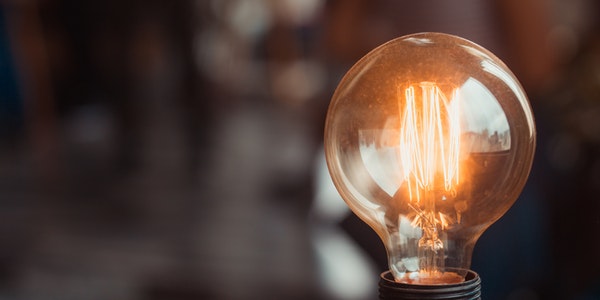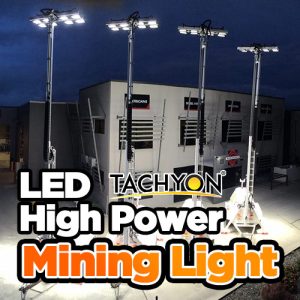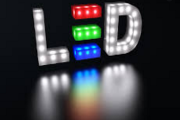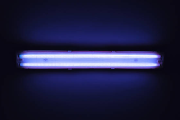Illumination Utilization Coefficient Method to Calculate Average Illuminance
Illumination lux
The illuminance of a point on the surface is the quotient of the luminous flux dφ incident on the panel containing the point divided by the area dA of the panel, i.e.,
The sign of the quantity is e, and the unit is lux (LX), 1 lux = 1lm / m2 .
Using the coefficient method to calculate the average illuminance of indoor lighting
When we do illuminance calculation, if we know the utilization coefficient “CU”, we can easily use an empirical formula for fast calculation, and get the average illuminance value of indoor working face we want. We usually call this calculation method “using coefficient method to calculate average illuminance”, also called lumen coefficient method.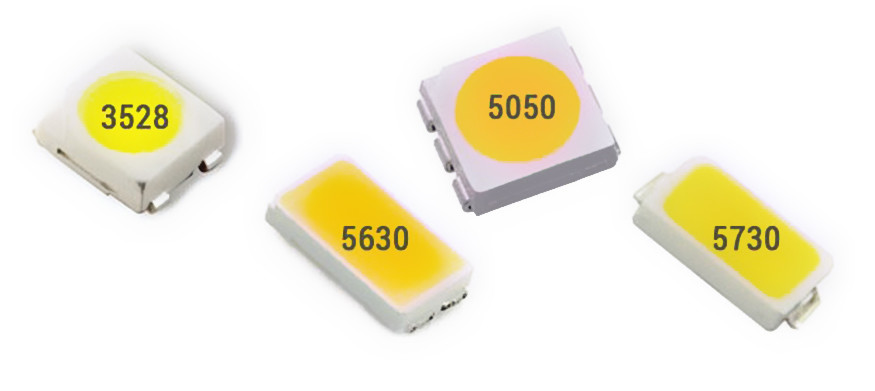
There are two kinds of illuminance calculation: rough calculation and accurate calculation. For example, suppose that the overall illumination should be at 100 lux (LX) as in a house, and even 90 lux (LX) will not have a great impact on life. However, if it is road lighting, the situation is different. Assuming that the road illumination must be at 20 lux (LX), if it is 18 lux (LX), it may cause frequent traffic accidents. The same is true for stores. For example, the best overall illumination of a store is 500 lux (LX). Since the illumination of 600 lux (LX) is used, the number and power of lighting lamps will increase, which will have an economic impact.
No matter what kind of illuminance calculation method, it is both important for our life and energy utilization. Although only a rough estimate, there will be 20% – 30% error. Therefore, it is suggested that in general, it is best to use professional lighting design software for accurate simulation and calculation, so as to control the error within the minimum range.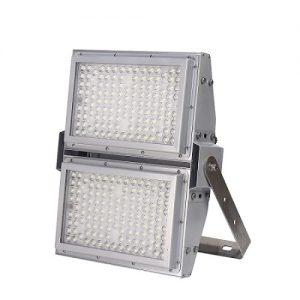
But sometimes, due to special circumstances or limited site conditions, we can not use the lighting software to simulate the calculation. When calculating the average illumination of the floor, desktop and worktable, we can use the following basic formula to slightly estimate the luminaire: illumination (Lux / LX) = luminous flux (LM) / area ( M2 ).
That is, the average illumination of 1 lux (LX) is the brightness of 1 lumen (LM) luminous flux on 1 square meter ( M2 ) area. When using this method to calculate the average illumination of the floor of a room, the following formula can be used in the case of integral lighting.
Average illumination (EAV) = luminous flux of single lamp Φ × number of lamps (n) × space utilization coefficient (CU) × maintenance coefficient (k) × floor area (L × w).
Formula Description:
- The luminous flux of a single lamp Φ refers to the total luminous flux of the naked light source contained in the lamp.
- The space utilization coefficient (Cu) refers to the percentage of the light beam emitted from the lighting lamps reaching the floor and the worktable, so it is related to the design of the lighting lamps, the installation height, the size of the room and the reflectivity, and the illumination rate also changes. If the commonly used lamp panel is used in a space about 3 meters high, its utilization coefficient Cu can be between 0.6 and 0.75, when the aluminum cover of the hanging lamp is used in a space about 6-10 meters high, its utilization coefficient Cu can be in the range of 0.7-0.45, when the down lamp is used in a space about 3 meters high, its utilization coefficient Cu can be in the range of 0.4-0.55, and when the light band bracket is used in a space about 4 meters, its utilization coefficient Cu can be in the range of 0.3 –0.5.
The above data are empirical values and can only be used for rough estimation. For accurate calculation, the specific values should be provided by the company in writing, and the relevant parameters are only for reference here.
3) It means that with the aging of lighting fixtures, the light output capacity of the fixtures decreases, and as the use time increases, the light source degrades. Or, due to the accumulation of dust in the room, the space reflection efficiency is reduced, which in turn affects the illuminance coefficient. Generally clean places, such as living rooms, bedrooms, offices, classrooms, reading rooms, hospitals, high-end brand stores, art galleries and museums, etc. The maintenance coefficient K is taken as 0.8. The protection coefficient K of general stores, supermarkets, business halls, movie theaters, mechanical processing workshops and workshops is taken as 0.7. On the other hand, the maintenance coefficient of places with a larger pollution index can be taken as 0.6.
Maintenance factor
The ratio of the average illuminance or average brightness on the specified surface of a lighting device after a certain period of use to the average illuminance or average brightness on the same surface when the device is newly installed under the same conditions.
In order to make you understand the above calculation formula more clearly, let’s take a practical engineering case of our company.
Case: a mechanical processing workshop in Dallas is 58m long, 18m wide, 8m high, rectangular, and the worktable of employees is 0.8m. The ceiling is mixed with cement soil structure, and the walls are painted white. After comprehensive consideration of all aspects, it is recommended to use our company’s panel flood lamp PFL-150 with wattage 150W, luminance efficiency 130 lm/W. According to the building lighting standard manual, 400lx illumination can meet the lighting demand of the workshop. How many sets of lamps are needed?
Solution: according to the indoor calculation formula:
EAV = (Φ × n × Cu × K) / (a × b),
the parameters are obtained by consulting the data:
(1) the total luminous flux of 150W panel flood light source is: Φ = 19500,
(2) Cu = 0.75, k = 0.7
Substituting the above parameters into the formula: N = 28 (sets)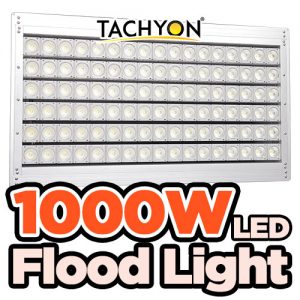
Interior lighting design is a comprehensive science, which not only covers the fields of architecture and physiology, but also is closely related to art. Therefore, we need to have a certain artistic accomplishment and professional design level, and more importantly, we need to understand lamps.
Due to the wide range of interior lighting design, such as offices, factories, shops and so on, there are certain differences in the lighting requirements of these occasions, so the design methods are also very different.
Nevertheless, the basic procedures of interior lighting are almost the same.
The first stage is to listen to the requirements of the owner or Party A, and discuss with relevant personnel (such as interior designer, architect or electrical designer) to fully analyze what factors will affect the lighting effect of the lighting design scheme. These factors include the function of the place to be illuminated, the size of the space to be illuminated, the influence of indoor furniture or factory equipment on lighting, as well as the overall spatial structure, the way of ceiling and the lighting method used in the space (direct or indirect lighting). Hope to form the lighting style, as well as the project budget and so on.
The second stage is to make some basic design decisions, first determine the choice of main lighting or auxiliary lighting. The former focuses on functionality, that is to say, general lighting (to meet basic visual needs); the latter focuses on decoration and highlights the quality and texture of the object or commodity. The main lighting generally includes basic lighting and local lighting, and the auxiliary lighting system mainly includes key lighting and effect lighting.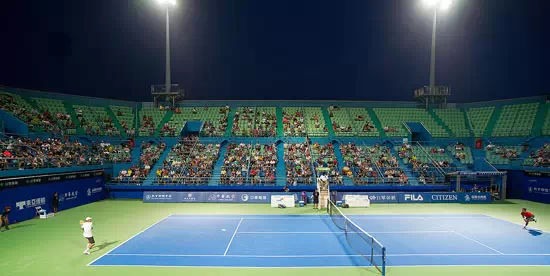
The third stage of lighting is to calculate and analyze the average indoor illumination, the uniformity of lighting and the illumination on the working plane, and check whether these data meet the requirements of lighting standards. If necessary, the indoor brightness distribution, contrast and glare on the working surface must be calculated and checked. For example, our two lighting design software can calculate these data and get the simulation effect. Due to the wide range of interior lighting design, it is impossible to cover all aspects here due to the limited space. Therefore, I hope that all friends or colleagues who like lighting can consult and learn more about this aspect, so as to continuously improve their lighting design ability and level.
The meaning of lighting utilization
Lighting power density, as the only lighting energy-saving evaluation index, has been widely recognized and implemented, but we still often find many embarrassing waste phenomena, such as empty underground garages; unmanned passages; sleepless office buildings.
Although it can be determined that these are all qualified designs that meet the requirements of the standard, in the face of environmental pollution and energy shortages, these wastes are really so natural. It is really not possible to shut down or adjust them while ensuring convenience, safety, landscape, etc. Darker to improve the efficiency of electrical energy use?
It is not difficult to draw the following conclusion through “power consumption = power × time”: power only represents the degree of power consumption, not the power consumption, only the time factor becomes meaningful.
Similarly, if we divide the total electricity consumption into two parts:
① The time required to serve people’s rigid needs is called effective lighting time. Because this part of the time element is fixed, a single power density index can be used to evaluate whether or not energy is saved;
②Ineffective lighting time (full lighting time-effective lighting time) × power is the flexible power consumption. Since people’s lighting demand for this time period disappears or decreases, if the power density under the state ① is maintained, there will be waste.
The lighting utilization evaluation index is aimed at the above phenomenon, by calculating the percentage of “effective lighting power consumption/total lighting power consumption” to measure the size of the energy-saving space, and to determine whether it is worthwhile to reduce the power during the non-effective lighting time. The corresponding control method.
How to improve lighting utilization
The core of improving lighting utilization is to reduce the power consumption of ineffective lighting time. By selecting the appropriate control method, automatic switching between effective lighting and ineffective lighting is realized.
- Estimation of lighting utilization rate
- When estimating the average lighting utilization rate of the entire field, attention should be paid to the weighted average of various factors.
- Automatic control should be designed when the lighting utilization rate is less than 30%.
Lighting control method and type
(1) Lighting control is divided into automatic control and manual control according to the control mode.
A) Automatic control is divided into intelligent control system and dynamic and static induction control.
B) Intelligent control systems are divided into distributed systems and centralized systems.
- C) Dynamic and static induction control is divided into light control type, sound control type, infrared control type and microwave control type according to common sensor types.
(2) Lighting control is divided into continuous and intermittent according to the characteristics of light source ignition. Intermittent lighting is divided into intermittent switch lighting and intermittent dimming lighting according to the standby luminous flux threshold.
Analysis of characteristics of control mode
(1) Intelligent control system:
takes time and preset scenes as the main control basis, takes loop or entire field lighting control as the main object, and focuses on a programmed and networked lighting control method of system intelligence.
Its entire field control ability is strong, the random control ability is poor, the cost of improving the single point control accuracy is higher, and the lighting utilization rate is lower.
(2) Motion and static induction control:
is an independent control method based on sensing environment variables, single lamp or local lighting control as the main object, focusing on single lamp intelligence.
When a person or vehicle moves, the lamp corresponds to a dynamic (relatively static relatively short and delayed recovery) rated state; when the person and vehicle are stationary or leave, corresponding to a static low luminous flux or closed state.
Its whole field control ability is weak, random control ability is strong, single-point control accuracy is high, comprehensive cost is low, and lighting utilization rate is improved.
(3) The control mode matches the light source:
A) In-line LEDs are suitable for intermittent switching lighting, and metal substrate packaged LEDs are suitable for intermittent switching lighting and intermittent dimming lighting.
B) Fluorescent lamps are suitable for intermittent dimming lighting; lighting should not be switched on and off intermittently.
Typical selection reference and special environmental solutions
(1) Induction linkage: The lamps (devices) controlled by dynamic and static induction transfer detection signals to each other to realize the control mode of synchronous work.
(2) Induction centralized control: In dynamic and static induction control, a central control terminal sends out a signal to force the control mode of all lamps on the ignition circuit.

